The OWB carry is better for comfort and convenience. It feels natural, and the draw is faster compared to the IWB carry. However, OWB needs a smart carry setup to work effectively for everyday concealed carry. Otherwise, someone capable of spotting printing or exposure will ruin your concealment and, more importantly, your safety.
This guide offers pro tips for maximizing your OWB carry setup, keeping you comfortable, discreet, and confident.
1. Choose the Right Holster
Your OWB transport setup revolves around it. A well-made holster will securely hold your gun, tuck it close to your body, and allow for a smooth draw.
The goal for concealment is a slim, high-rise design. Pancake holsters are the most popular design for OWB carry because they mold to the body, cutting down on printing. A good holster is built to last and perform consistently, preferably out of a hard material such as Kydex or leather. An adjustable retention screw can be an added benefit, allowing a degree of retention adjustment to fine-tune how firmly the gun sits.
2. Choose Clothing That Conceals Naturally
Your choice of attire has the power to make or unravel your OWB carry. Steer clear of thin clothing that clings to your skin, as these usually outline your gun in bright light.
Choose thicker fabrics like cotton canvas, flannel, or fleece. These fabrics drape well, hiding the gun’s outline. Loose shirts and jackets work well, but avoid overly baggy clothing. Anything too constricting around the waist is out.
3. Employ Patterns or Dark Colors
It’s harder for printing to be noticed when you wear patterned or dark-colored garments. Busy patterns like plaid, checkered shirts, or camouflage break down the outline of your gun. Dark colors conceal shadows and curves better than light ones.
A patterned overshirt over a plain T-shirt adds concealment and is excellent for layering.
4. Make It a Layer of Concealment
Layering is an easy way to conceal while looking natural. Options include a jacket, hoodie, vest, or even a long shirt.
The outer layer should fully cover the holster when reaching, bending, or sitting. In colder climates, layering is easy; in warmer climates, opt for something lighter, like an open button-up shirt. Layers increase concealment while still keeping your firearm accessible.
5. Find the Right Length on Your Cover Garment
Many carriers miss this detail. Your shirt or jacket should be long enough to cover your gun when you move naturally. If you carry at the 3–4 o’clock position, check yourself in a mirror: lean forward, stretch, squat. If the holster shows, your garment is too short.
6. Adjust Ride Height and Cant for Comfort
One of the best things about a quality OWB holster is adjustability. Ride height refers to how high or low the gun sits on your belt, and cant refers to its forward or backward tilt.
A forward cant keeps the grip closer to your body and makes the draw easier. Experiment to find the best balance between concealment, comfort, and speed.
7. Select Your Belt Carefully
A good gun belt is just as important as the holster. Standard belts may sag, twist, or cause the gun to lean outward.
Choose a reinforced gun belt, either leather or nylon tactical. These keep your holster stable, reduce printing, and improve comfort.
8. Don’t Go Crazy with Active Retention Systems
Active retention holsters add bulk and slow your draw. For concealed OWB carry, a passive retention holster is usually better. A well-formed Kydex holster with adjustable retention keeps your gun secure without extra levers or straps.
9. Practice with Your Cover Garment On
Dryfire drills are essential, but make sure to practice in your actual carry clothes. Learn how fabrics move during your draw, how to sweep garments aside, and how to reholster safely.
Muscle memory is crucial. The more you train, the more natural your draw will be under stress.
10. Consider Comfort
If you’re uncomfortable, you won’t want to carry. Watch for hot spots where the holster digs in. Adjust slightly forward or backward to find the sweet spot.
Also, consider your habits. Ride height and cant should be adjusted so you avoid jabbing into ribs or hips, especially if you sit for long periods.
11. Consider Seasonal Variations
Your OWB setup may change with the seasons. Winter allows thicker jackets and more layers. In summer, opt for lighter clothing and possibly different holsters. Adapt your setup so you can carry year-round comfortably.
12. Carry with Confidence
Confidence is a key part of concealment. If you constantly adjust or check your holster, people will notice. With a good setup, you should move naturally and blend in without drawing attention.
13. Check Yourself Before You Leave Home
Always do a mirror check before leaving. Move around—reach, bend, twist—to ensure your holster stays concealed.
14. Take Care of Your Gear
Your holster, belt, and accessories endure daily wear. Inspect regularly for loose screws, worn straps, or cracks. Wipe down holsters to remove dirt and lint, keeping them in top condition for safety and performance.
15. Continue to Learn and Adapt
The OWB method is personal. What works for one person may not work for another. Explore different holsters, ride heights, and clothing until your setup feels natural.
Over time, you’ll refine your carry style until it feels second nature.
Final Thoughts
The best pro tips for maximizing your OWB carry setup are all about balance—comfort, concealment, and fast access. Choose a quality holster, dress smart, adjust your gear properly, and keep practicing.
OWB carry can be just as discreet as IWB carry if done right. With these tips, you can carry OWB while feeling comfortable, confident, and prepared every day.
If you’re looking for a OWB holster that balances comfort, security, and concealment, check out the OWB options at Wright Leather Works. Their adjustable, durable holsters are designed for both first-time carriers and seasoned veterans.
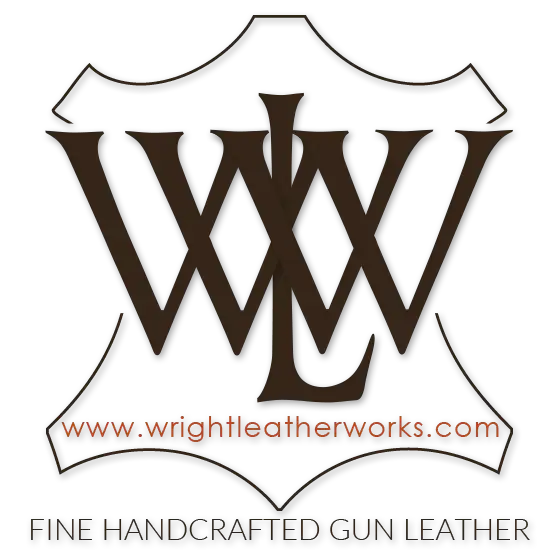
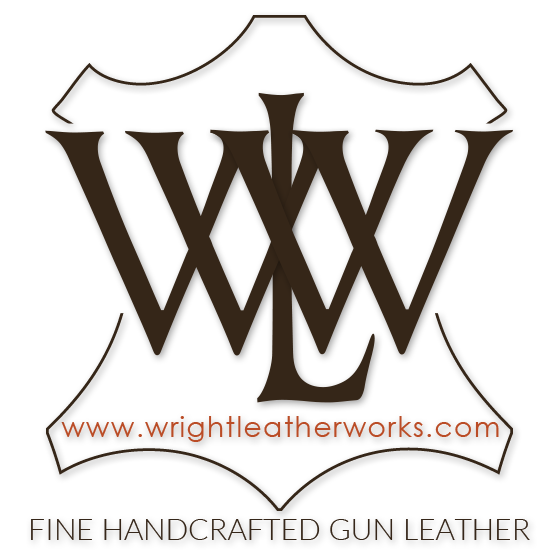
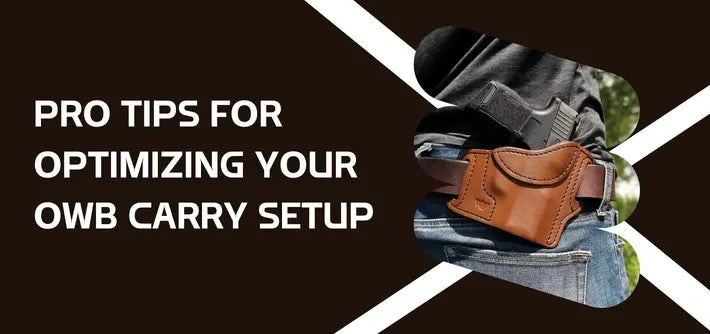

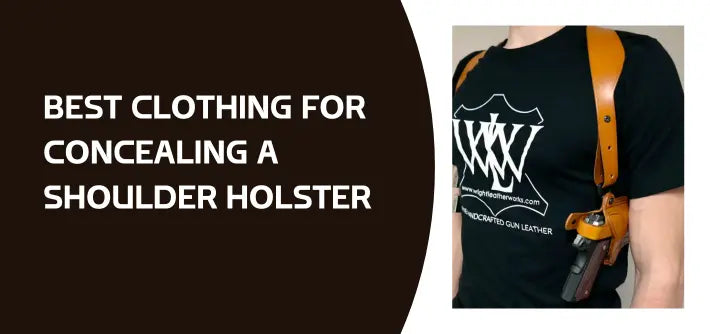
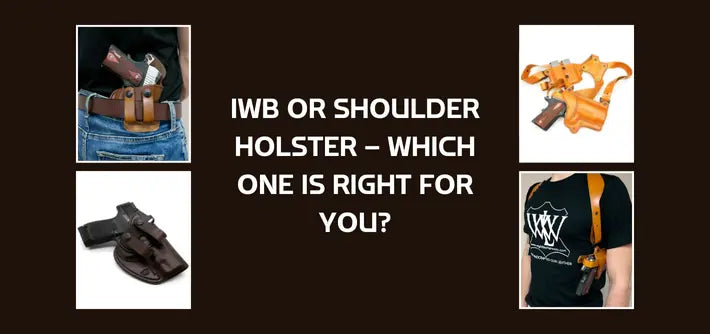
Leave a comment (all fields required)